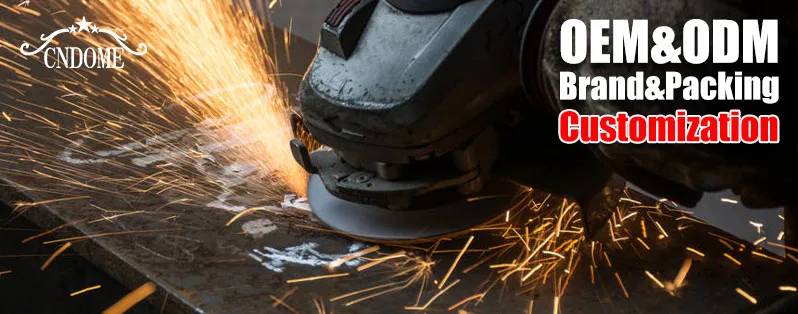In the realm of metalworking and manufacturing, the grinding wheel stands as a crucial tool, offering precision and efficiency. However, understanding grinding wheel specifications is key to unlocking its full potential. Let’s delve into the intricacies that make up these specifications and how they impact your machining endeavors.
Abrasive Material: The Foundation of Performance
The choice of abrasive material significantly influences a grinding wheel’s effectiveness. From aluminum oxide to silicon carbide, each material has unique properties catering to specific tasks. Explore the characteristics of popular abrasive materials and learn which one suits your application best.
Grit Size: Navigating Fineness and Coarseness
Grit size plays a pivotal role in determining the surface finish of the workpiece. Discover how the numbering system corresponds to the size of abrasive particles and learn the art of selecting the right grit size for achieving the desired finish, from rough grinding to fine polishing.
Wheel Grade: Balancing Hardness and Toughness
The wheel grade indicates the bond’s hardness, affecting the wheel’s resilience and cutting ability. Unravel the nuances of wheel grades – from soft to hard – and grasp their impact on material removal rates, wheel wear, and overall performance.
Structure: Porosity and Density Dynamics
The structure of a grinding wheel relates to its porosity and density. Explore how an open or dense structure influences chip clearance, heat dissipation, and swarf removal. Gain insights into choosing the right structure for specific applications, optimizing both efficiency and wheel life.
Bond Type: The Glue that Holds it Together
Bonds are the glue holding abrasive grains together. Delve into the characteristics of resin, vitrified, and metal bonds. Understand how each type affects grinding wheel performance, addressing factors such as heat resistance, wear resistance, and the ability to withstand lateral forces.
Wheel Shape and Size: Tailoring to the Task
Grinding wheels come in various shapes and sizes, each designed for specific applications. From straight wheels to cylindrical wheels, and from small to large diameters, explore how choosing the right wheel shape and size influences accessibility, precision, and overall grinding efficiency.
Safety Guidelines: Grinding Responsibly
Concluding our exploration, we emphasize the importance of adhering to safety guidelines when working with grinding wheels. From proper storage to correct mounting procedures, ensure a safe working environment while maximizing the longevity and effectiveness of your grinding wheels.
Conclusion:
In the intricate world of grinding wheel specifications, knowledge is the key to unlocking precision and efficiency in your machining processes. Armed with a deeper understanding of abrasive materials, grit sizes, wheel grades, structures, bond types, and wheel shapes, you’re poised to make informed decisions that elevate your metalworking endeavors. Remember, a well-selected grinding wheel is not just a tool; it’s a partner in craftsmanship, shaping the future of your creations.



